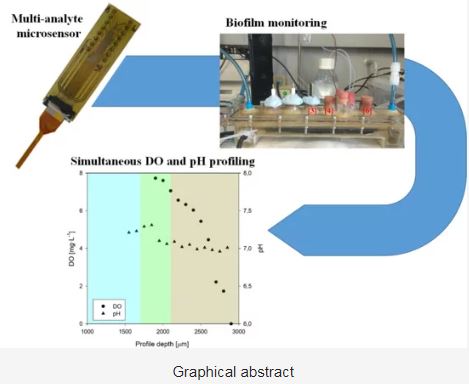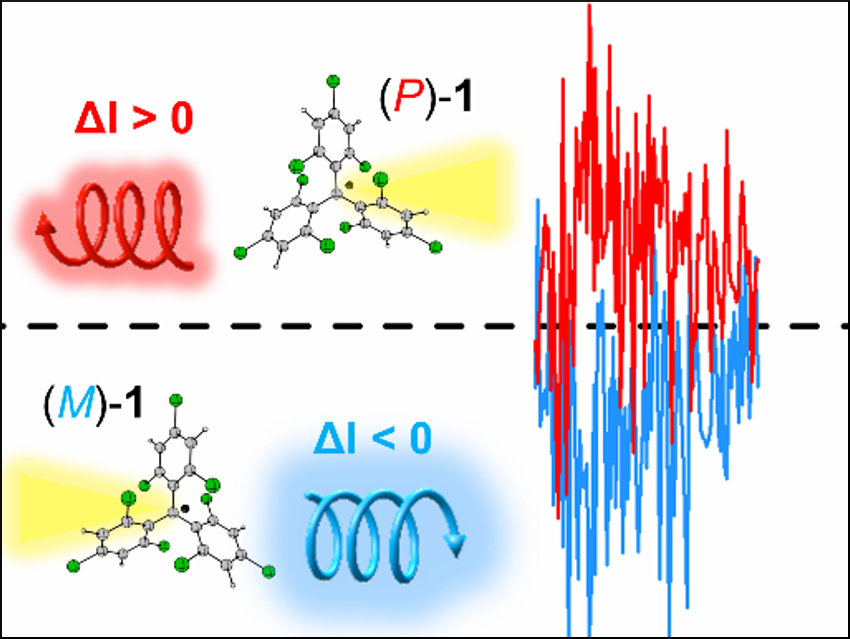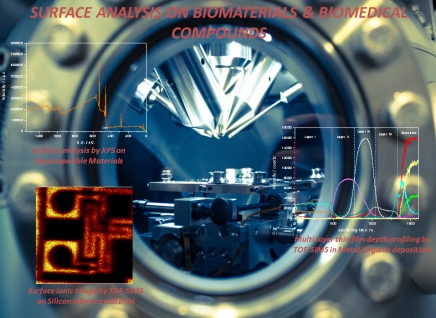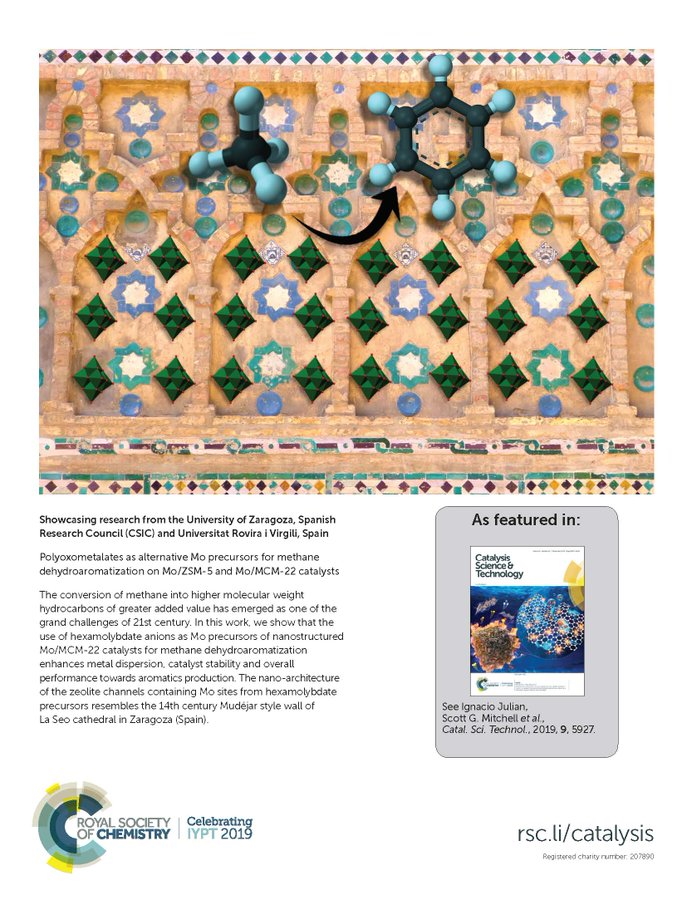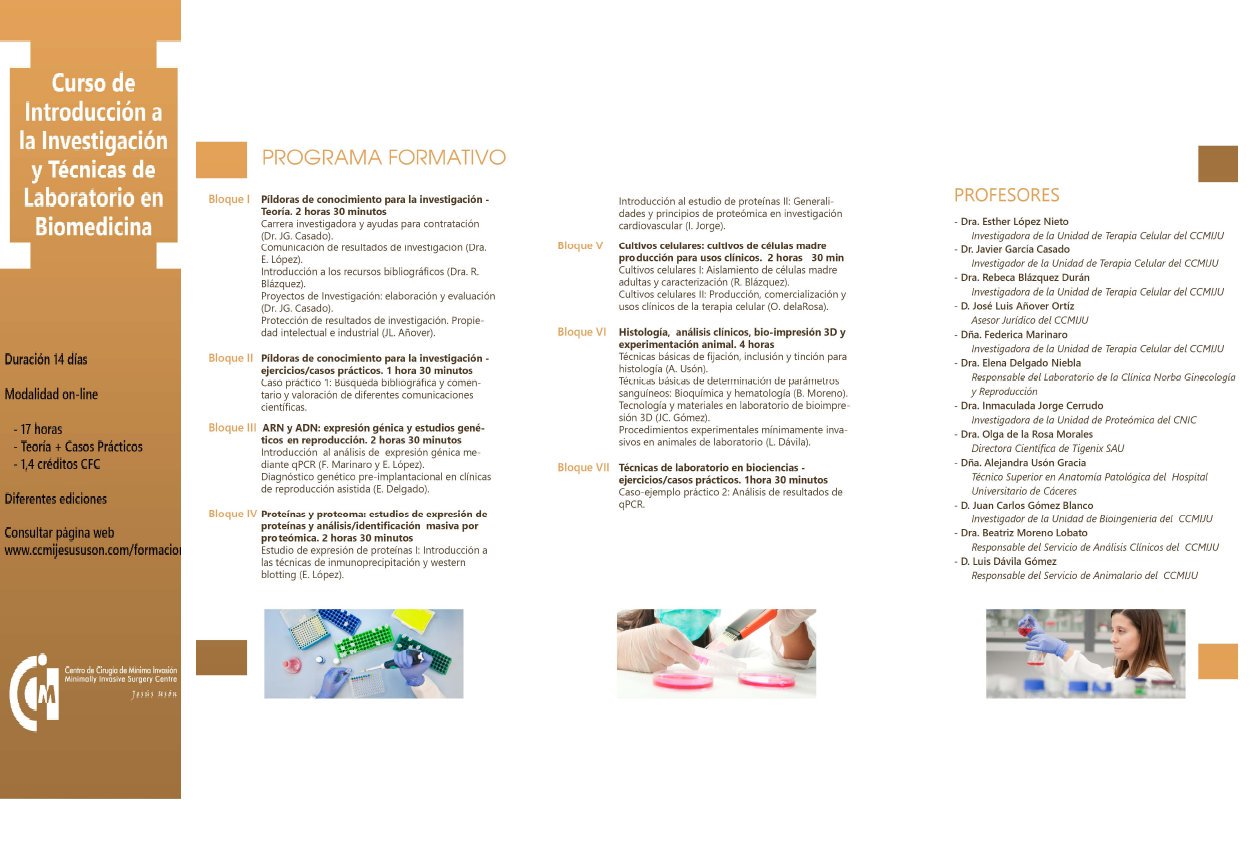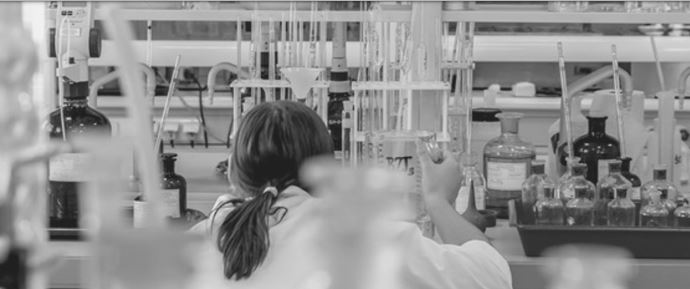A Minimally Invasive Microsensor Specially Designed for Simultaneous Dissolved Oxygen and pH Biofilm Profiling
Ana Moya, Xavi Illa, Rosa Villa and Gemma Gabriel, researchers of the Biomedical Application’s Group (GAB) of CIBER-BBN and the Microelectronics Institute of Barcelona, which main interests are the design and fabrication of Micro and Nano Systems for Biomedical Applications, have recently published, in collaboration with other authors an article in the Special Issue Advanced Electrochemical Sensors and Environmental Monitoring
The authors thank in the Acknowledgements the participation of the ICTS NANBIOSIS U8 Micro– Nano Technology Unit of the CIBER in Bioengineering, Biomaterials and Nanomedicine (CIBER-BBN) at the IMB -CNM (CSIC)
The work reports the development of a novel multi-analyte microsensor based on MEMS technologies for simultaneous monitoring of DO and pH. Results showed the capacity of microsensors to quantify concentration gradients of di erent species within biofilms. In addition, the possibility of integrating two microsensors, specially designed to obtain a seven-point profile in a single measurement, introduced in this paper for the first time, clearly simplifies the equipment and the procedure necessary to record concentration profiles within biofilms. Critical future prospects have been established
Article:
Xavier Guimerà , Ana Moya, Antonio David Dorado, Xavi Illa, Rosa Villa, David Gabriel, Xavier Gamisans and Gemma Gabriel. A Minimally Invasive Microsensor Specially Designed for Simultaneous Dissolved Oxygen and pH Biofilm Profiling Sensors 2019, 19(21), 747; https://doi.org/10.3390/s19214747
